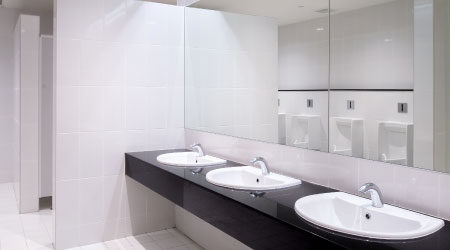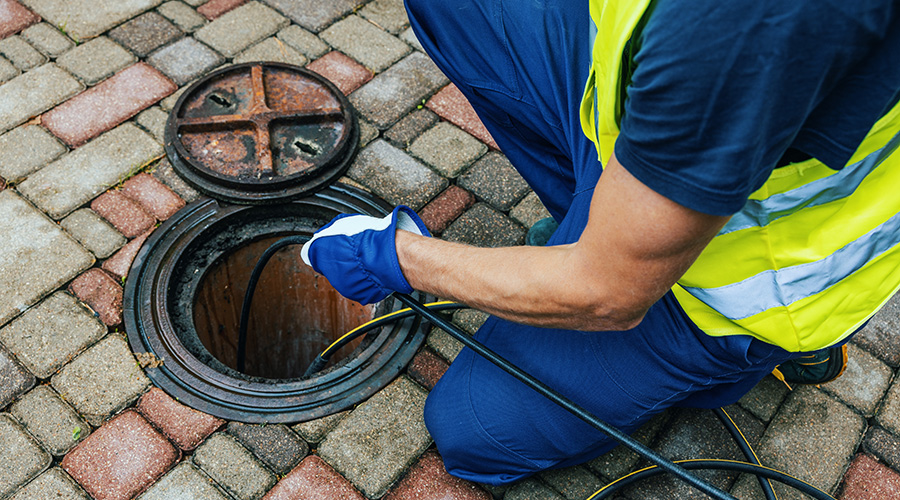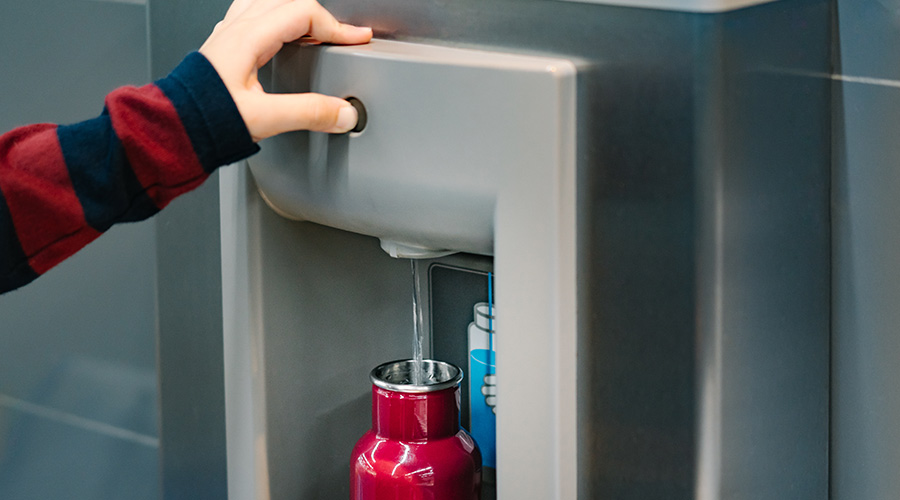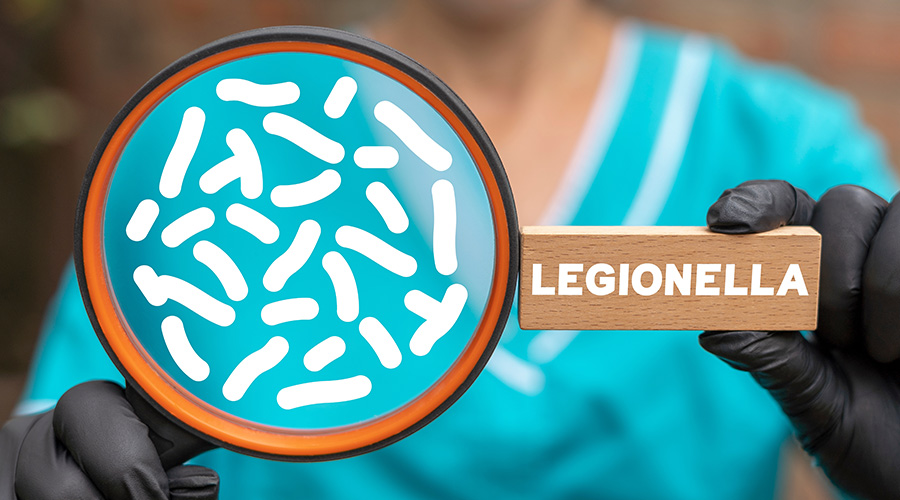Elevating Restroom Hygiene with IoT Innovations
Internet of Things technology can help managers monitor usage and detect water leaks.
People who visit public restrooms in institutional or commercial facilities probably give little thought to how much consideration it takes to offer an attractive look and hygienic appeal, but it's certainly something maintenance and engineering managers must think about.
Even before the COVID-19 pandemic shined the spotlight on hand hygiene, facilities were taking advantage of touchless technology in areas such as faucets, hand dryers, and soap and towel dispensers.
Today, automatic faucets “have become increasingly prevalent, if not standard” in almost all facilities, says Paul McLennan, Manager - Advanced Engineering, Delta Commercial. The updated options in today's market go way beyond touch-free capabilities. Technology has evolved to include the Internet of Things (IoT) and occupancy sensors.
“On toilet partitions, some newer models feature occupancy indicators featuring an elegant LED light band built into the cubicle system,” says Will Haas, senior product manager at Bradley Corp. “When the cubicle door locks, the light band turns from green to red. Every user can easily see which cubicles are available and which are occupied, enhancing privacy and foot traffic.”
Embracing IoT
Smart technology is a phrase that suppliers encounter almost daily as businesses look to upgrade facilities.
Commercial and institutional restrooms are now more connected than ever. IoT technology allows fixtures to communicate with the internet and collect a broad range of information. That knowledge can be used to schedule janitorial staff more efficiently and detect when a fixture is out of service or if consumables such as soap, paper towels, or toilet tissue need replenishment.
“Restroom products with maintenance indicators, IoT connectivity, (and) A/C power (vs. batteries) help improve and simplify maintenance,” says Haas.
In addition to restroom maintenance, IoT technology can be used to control and monitor water use. Conserving water not only makes sense from an environmental standpoint, but from a cost savings, as well.
“This includes monitoring usage, performing preventative and predictive maintenance before an issue arises, troubleshooting issues, shortening repair times, increasing water efficiency through adjusted sensor ranges, and more,” says Alexander Oltmanns, public relations strategist for Sloan.
Ultimately, the technology can help detect leaks.
“By being able to monitor water usage per fixture, facility managers are able to gain more actionable information to perform their job more effectively,” Oltmanns says.
Some products allow staff to shut off water flow to the fixture remotely. Other systems identify water leakage by periodically isolating the water system during inactivity and looking for decay in water pressure that might indicate a small leak or broken fixture.
“One method uses a flow meter to detect the amount of water flowing through a pipe,” says McLennan. “Combined with machine learning or other smart algorithms, the flow sensor can determine if water usage patterns are abnormal due to a leaking fitting, stuck flapper, or malfunctioning refill valve and send an automatic alert to the appropriate staff.”
Laurie Luebbert is a freelance writer with Advantage Informatics.
Related Topics:













